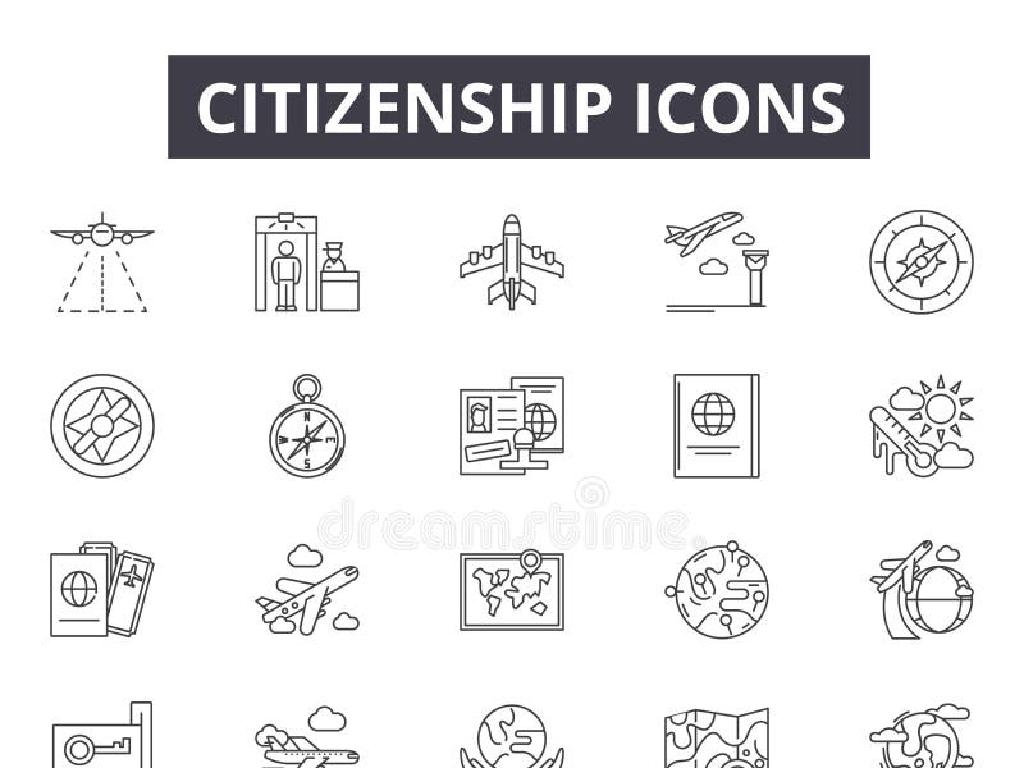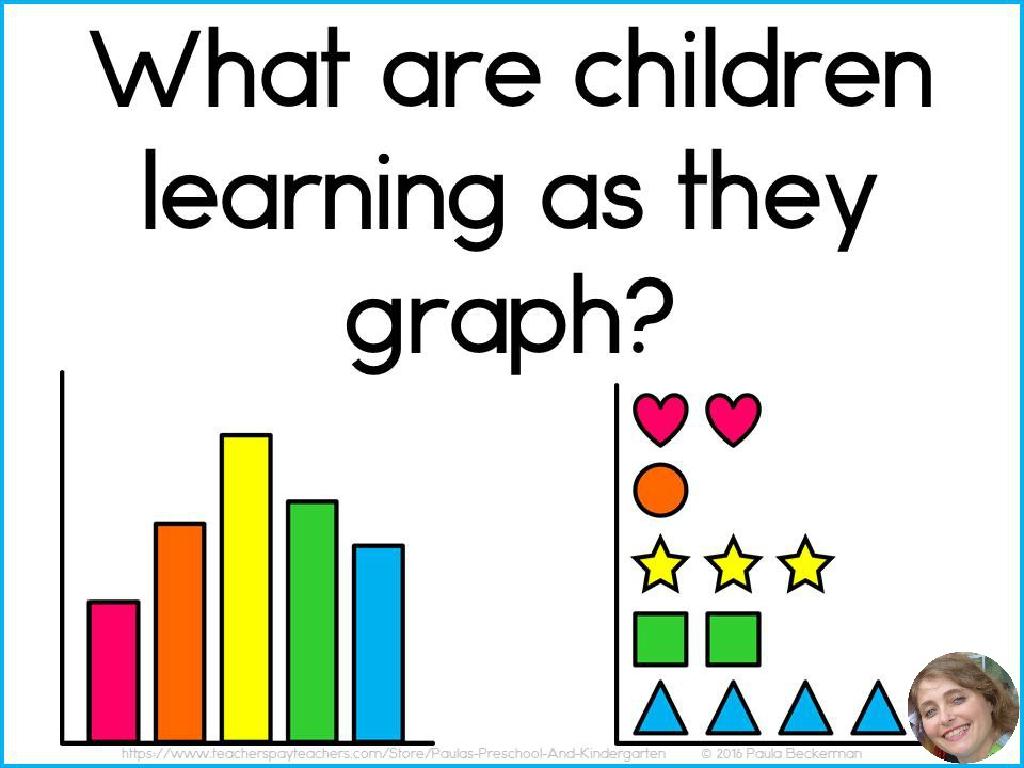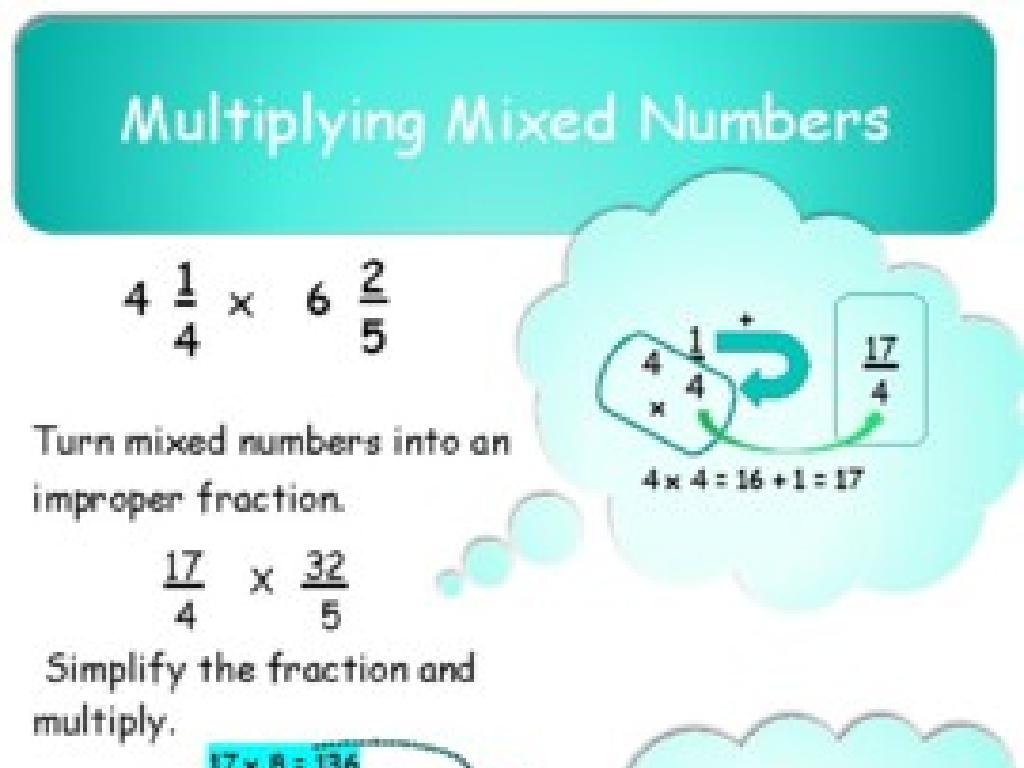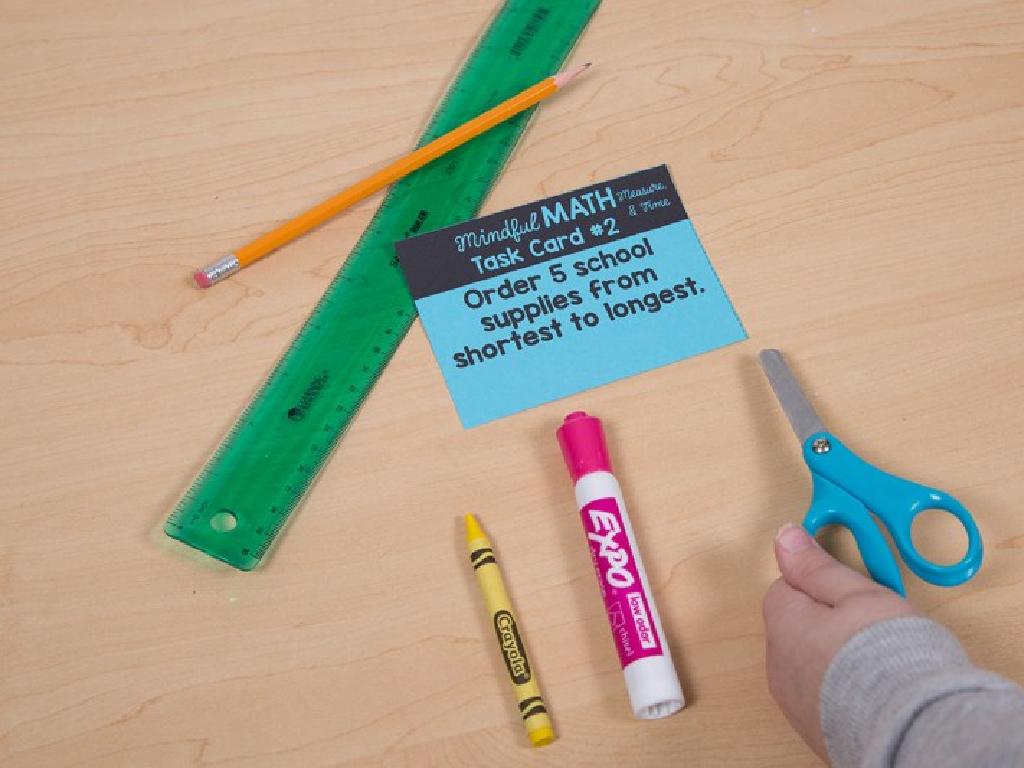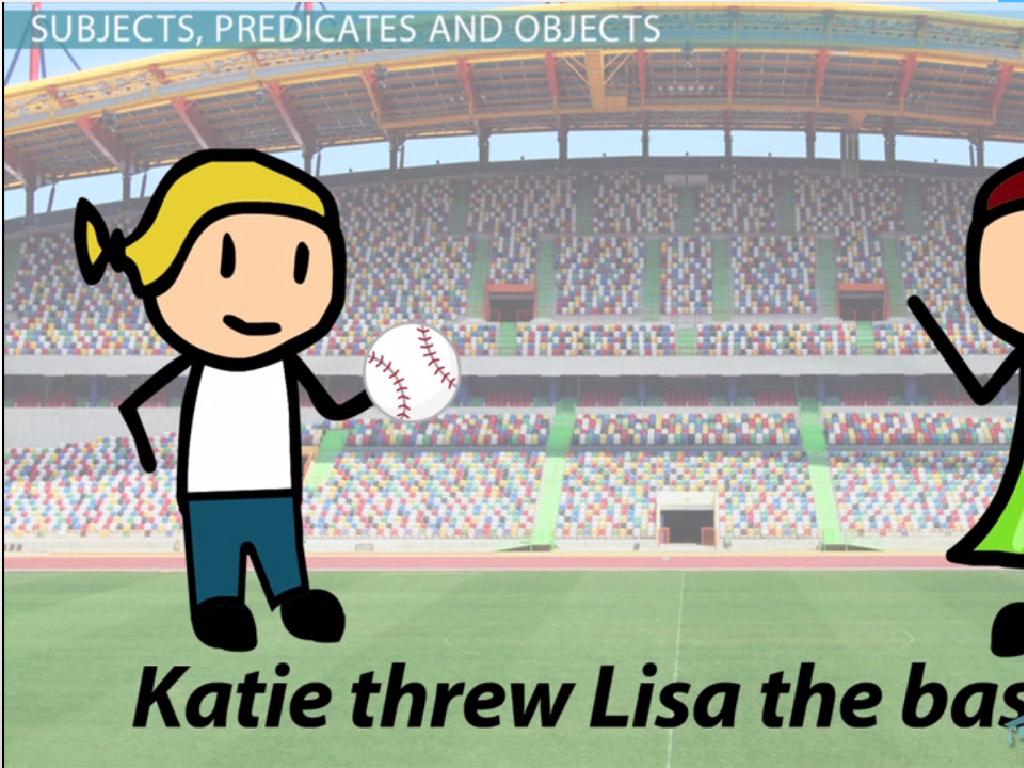Identify Independent And Dependent Variables
Subject: Science
Grade: Sixth grade
Topic: Designing Experiments
Please LOG IN to download the presentation. Access is available to registered users only.
View More Content
Experiment Design: Variables in Science
– Grasp the Scientific Method
– A series of steps for scientific discovery
– Experiments: A Closer Look
– Tests to investigate scientific questions
– Today’s Focus: Variables
– Understanding different types of variables
– Independent vs Dependent Variables
– The cause (independent) affects the effect (dependent)
|
This slide introduces students to the foundational concepts of designing experiments within the scientific method. Begin by explaining the steps of the scientific method, emphasizing its importance in conducting experiments. Clarify what experiments are and how they help us answer scientific questions. The main focus of today’s lesson is on understanding variables, specifically independent and dependent variables. Explain that independent variables are the ones we change on purpose to see what effect they have, while dependent variables are the outcomes we measure. Use simple, relatable examples to illustrate these concepts, such as how the amount of sunlight (independent variable) affects plant growth (dependent variable).
Understanding Variables in Experiments
– Define a scientific variable
– A variable is something that can change or vary in an experiment.
– Daily life variable examples
– Temperature in weather, prices in shopping.
– Types of variables in experiments
– Independent variables are changed by the scientist, dependent variables are what is observed, and controlled variables are kept the same.
– Focus on independent & dependent
– Independent variables are the cause, and dependent variables are the effect in an experiment.
|
This slide introduces the concept of variables within the context of scientific experiments, which is a foundational element in understanding how to design an experiment. A variable is any factor, trait, or condition that can exist in differing amounts or types. Students should see how variables are not just scientific concepts but also part of everyday life, such as the temperature changes throughout the day or varying prices at a store. The slide distinguishes between independent, dependent, and controlled variables, emphasizing the cause-effect relationship between independent and dependent variables. Encourage students to think of their own examples of variables and how they might change in different situations. This understanding is crucial for their upcoming lessons on designing experiments and identifying these variables in practice.
Understanding Variables in Experiments
– Define independent variable
– It’s what you change in an experiment to test effects.
– How to spot the independent variable
– Look for the variable that is changed by the experimenter.
– Examples of independent variables
– Plant growth with different amounts of water or studying with various durations.
|
This slide aims to clarify the concept of independent variables for sixth-grade students. An independent variable is the one that is changed or controlled in a scientific experiment to test the effects on the dependent variable. It’s important for students to understand that the independent variable is what is being manipulated during the experiment. For example, when testing how water affects plant growth, the amount of water given is the independent variable. Encourage students to think of their own examples of independent variables and discuss how changing these could affect the outcome of an experiment. This will help them grasp the concept of cause and effect within scientific inquiry.
Understanding Dependent Variables
– Define dependent variable
– It’s the outcome we measure in an experiment
– Dependent vs. independent variable
– It changes in response to the independent variable
– Examples of dependent variables
– Plant growth measured by height, test scores affected by study time
– Observing changes in experiments
– We see how it reacts to changes in the independent variable
|
This slide aims to clarify the concept of dependent variables within the context of scientific experiments. A dependent variable is what researchers measure to see if it changes as a result of different conditions set by the independent variable. It’s crucial for students to understand that the dependent variable is the observed result that is influenced by the manipulation of the independent variable. Provide clear examples, such as how the amount of sunlight (independent variable) affects plant growth (dependent variable), or how study time (independent variable) can influence test scores (dependent variable). Encourage students to think of their own examples and understand that the dependent variable is what they expect to change as a result of the experiment.
Understanding Controlled Variables
– Define controlled variables
– Factors in an experiment that are kept constant to test the effect of the independent variable.
– Why control variables?
– To ensure that the results are due to the independent variable, not other factors.
– Examples in experiments
– Watering plants with the same amount of water but different fertilizers.
– Impact on experiment results
– Helps in validating the relationship between independent and dependent variables.
|
This slide aims to explain the concept of controlled variables, which are essential in scientific experiments. Controlled variables are the elements that are kept unchanged throughout the experiment to ensure that the test results are reliable. Emphasize the importance of controlling variables to maintain a fair test, where only the independent variable’s impact on the dependent variable is measured. Provide clear examples, such as using the same amount of water for all plants in a growth experiment while changing the type of fertilizer to see its effect on growth. This helps students understand that controlling variables is crucial for drawing accurate conclusions from an experiment.
Experiment Design: Variables & Hypothesis
– Steps to design an experiment
– Start with a question, research, form a hypothesis, test with an experiment, analyze data, report conclusions.
– Identify independent & dependent variables
– Independent variables are changed to observe effects on dependent variables, like water for plants.
– How to create a hypothesis
– A hypothesis is an educated guess about the relationship between variables, such as ‘If I water more, plants will grow taller.’
|
When designing an experiment, students should start by asking a question they want to answer. After conducting preliminary research, they should form a hypothesis, which is an educated guess about how changes in the independent variable (the one they control, like the amount of water given to plants) will affect the dependent variable (the outcome they observe, like plant growth). The next steps involve testing the hypothesis with a structured experiment, analyzing the results, and reporting conclusions. Encourage students to think critically about the variables in their own experiment ideas and how they would form a hypothesis based on their understanding of the relationship between those variables.
Experiment Variables: Cause and Effect
– Example: Plant Growth Experiment
– Plants given different amounts of water
– Identify variables in the experiment
– Independent: Water amount, Dependent: Plant growth
– Discuss the experiment’s outcome
– How did varying water affect growth?
– Understand what outcomes tell us
– Outcomes show relationship between variables
|
This slide introduces students to the concept of independent and dependent variables through a relatable plant growth experiment. The independent variable is the amount of water given to the plants, which is changed by the experimenter to observe the effect on the dependent variable, plant growth. After conducting the experiment and collecting data, students will discuss the results to understand how the independent variable influenced the dependent variable. This helps them grasp the cause-and-effect relationship in scientific experiments. Encourage students to think of other examples where changing one factor might affect another, fostering a deeper understanding of experimental design.
Class Activity: Experiment Design
– Form small groups for an experiment
– Design a simple experiment together
– Determine independent & dependent variables
– Independent: what you change, Dependent: what you measure
– Prepare to present your experiment
|
In this activity, students will apply their understanding of independent and dependent variables by designing their own experiments in small groups. The teacher should facilitate the formation of groups and provide a brief review of what constitutes an independent variable (the condition or factor altered by the experimenter) and a dependent variable (the observed result that is measured). Each group should think of a simple experiment, identify its variables, and be ready to explain their experiment and its variables to the class. Possible experiments could involve plant growth, effects of exercise, or simple chemical reactions. The teacher should circulate to provide guidance and ensure that each group understands the concepts. After the activity, each group will present their experiment idea and discuss the variables involved.
Conclusion: Variables in Experiments
– Recap: Independent vs. Dependent Variables
– Independent variables are changed to observe effects.
– Variables’ role in scientific inquiry
– Dependent variables are the effects or outcomes measured.
– Q&A session for doubts
– Use this time to ask questions and get clarifications.
– Reinforce learning with examples
– Examples help solidify the concepts learned.
|
As we wrap up, let’s review the key concepts. Independent variables are the ones that we change on purpose to see what happens; they’re the cause. Dependent variables are what we measure or observe; they’re the effect. Understanding these is crucial for designing fair and reliable experiments. Now, let’s open the floor for any questions you might have no question is too small. Finally, we’ll go through a couple of examples to ensure everyone is clear on how to identify these variables in different scenarios. This will help reinforce the learning and prepare students for designing their own experiments.

